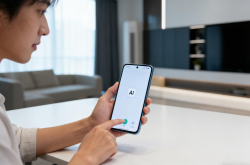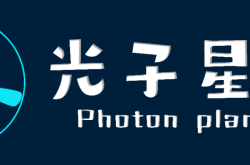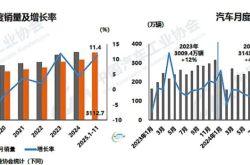Huawei Mate 80 Rumored Specs: Cutting-Edge Technology and Avant-Garde Design Stir Excitement
![]() 07/03 2025
07/03 2025
![]() 942
942
Over the past two weeks, news about the Huawei Mate 80 series has poured in like a torrent, from industry insiders to top Weibo influencers, nearly painting a comprehensive picture of Huawei's latest flagship. Drawing from credible rumors from multiple sources, the keywords for this generation of Mate can be encapsulated as "full straight screen, dual-layer OLED, Kirin 9030, active cooling, dual-factor biometric recognition, and domestic large sensor camera." Each aspect underscores Huawei's full-fledged return to the flagship market, prioritizing user experience.

Firstly, the Huawei Mate 80 series has bid adieu to the curved panels of yore. The standard version measures around 6.75 inches, while the high-end variant clocks in at about 6.89 inches, both maintaining a resolution of 1.5K. Thanks to further narrowed bezels, the overall design appears more refined than its predecessor. The screen supply chain continues to employ a bespoke dual-layer OLED "Tandem" structure, where two layers of light-emitting units share the current, resulting in heightened peak brightness, reduced power consumption and aging, and notable improvements in blue light suppression and color accuracy. This directly rivals Huawei's own high-end solutions for tablets and the Mate 70 RS. High-end models retain the 3D structured light module for enhanced facial unlocking security, while the straight screen design addresses issues like costly screen protectors and accidental touches.
Biometric recognition follows a "dual-factor" approach: the side capacitive button has been upgraded to ultrasonic fingerprint, allowing for instant unlocking even with wet or dirty fingers, complementing 3D facial recognition to avert awkward situations at night or while wearing a mask.
In terms of core hardware, the Mate 80 will be the first to debut the Kirin 9030 5G platform. This chip is rumored to adopt a 3D stacked packaging and Chiplet module combination, maximizing energy efficiency under constrained process conditions, achieving cross-generational advancements over the Kirin 9020 in areas such as CPU multi-core performance and NPU inference. To support local large models, rumors suggest a starting RAM of 20GB across the series, deeply integrating with HarmonyOS 6's edge AI functions, making multitasking and real-time translation seamless.
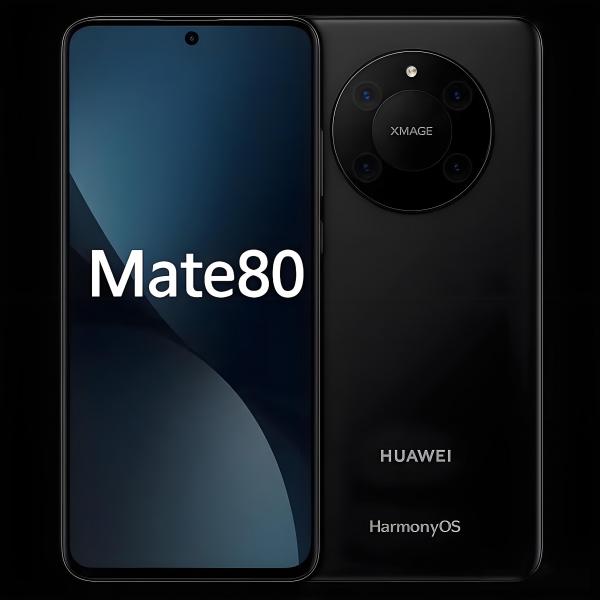
To manage the heat generated by its significantly enhanced performance, Huawei has introduced "intelligent air cooling" active cooling into its straight-screen flagship for the first time. A micro-turbofan coupled with multi-layer graphene heat-conducting sheets increases cooling efficiency by approximately 300% compared to traditional VC cooling, while still meeting IP68 protection standards. This allows the chip to maintain high-frequency output during gaming and 4K recording.
The imaging system further widens the hardware gap. The supply chain has reserved a domestically developed SmartSens SC5A0CS 1-inch RYYB main camera for the Mate 80, boasting 50 million pixels and theoretical light intake and dynamic range comparable to professional compact cameras. The periscope telephoto lens has been upgraded to the 1/1.3-inch SC590XS, also with 50 million pixels, combined with the HDR 2.0 algorithm to capture more nuanced dark details and high-magnification zoom starting at 3.5× optical zoom. Coupled with the stable viewfinder brightness provided by dual-layer OLED and the new generation of XMAGE tuning, this combination is poised to widen the gap with competitors in night photography and high-magnification telephoto shots.
Regarding timing, Huawei adheres to its "boost sales in September and cap off in December" strategy. Multiple supply chain sources have revealed that the Mate 80 will be officially launched in December, with the standard version, Pro, Pro+, and ULTIMATE DESIGN all set to grace the stage, catering to different user groups.
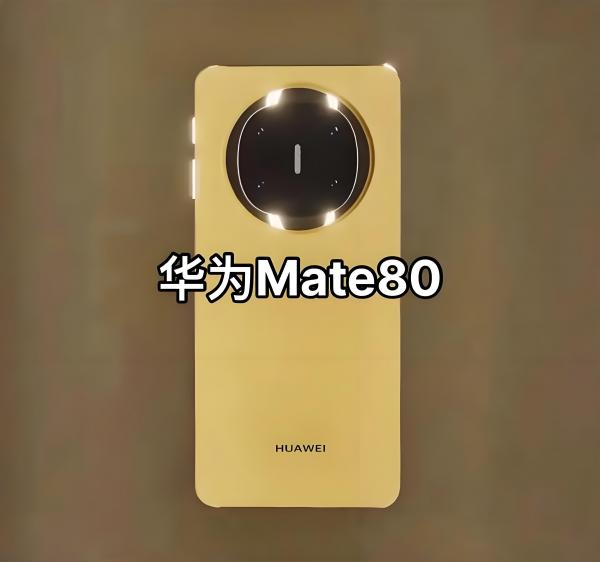
If all the aforementioned rumors materialize, the Mate 80 series will achieve "rigid upgrades" at the hardware level across four dimensions: screen, performance, cooling, and imaging. Coupled with the software and hardware collaboration of the HarmonyOS ecosystem and satellite communication, both casual users and enthusiast photographers can find truly satisfying solutions to their pain points in this new form factor of the "straight-screen flagship." By year's end, it will be fascinating to see if Huawei can redefine the benchmarks for domestic high-end flagships with the Mate 80.


